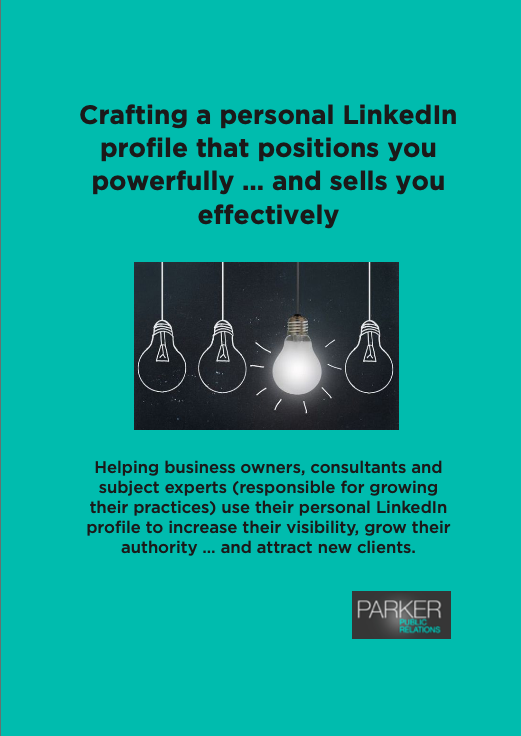Pitching your story to the media can be a daunting undertaking. However there are certain things you can do to dramatically improve your chances of success.
Here are my top ten rules for ensuring your story gets noticed (or clocked) by media, increasing the likelihood of it getting the coverage it richly deserves.
Tip 1 – Get active on social media prior to reaching out
If you are planning to secure media coverage, do get active on social media beforehand and make sure you connect with journalists relevant to your target market. Given that Twitter is primarily where journalists hang, engage and comment on their stories on this platform. This will ensure you are a known quantity ahead of reaching out, making landing a story that much easier.
Tip 2 – Ideally send journalists an email pitch
While the phone call was once favoured as the best approach for getting your story in front of the media, journalists are increasingly reporting they don’t have the time to take calls and that email, even a tweet, is the best preferred approach.
Tip 3 – Include a catchy heading in the subject line of your email
However to make sure your email doesn’t get lost in the sea of emails journalists receive each day, include a catchy heading in the subject line. Typically this would be the title of your media release. Should journalists be interested, this will ensure your email is opened and that your pitch is read!
Tip 4 – Keep your story pitch short and sweet
Your story pitch (which you should run in the email messages section) should be no longer than a paragraph or two. Make sure it quickly and deftly explains what your story is about and covers off the what, when, where, why and how of your story.
Tip 5 – Say why your story is relevant and of public importance
Apply the ‘so what’ test. However earth-shatteringly exciting your story is within your organisation, it won’t cut the mustard with media unless you can prove it is timely, fresh and relevant to a wide audience. Ask yourself: why do people need to know about this and how will it benefit them?
Tip 6 – Make sure you include materials and relevant links
Do the donkey work. Include as much as you can to make life easier for a journalist – your media release, background information, research, case studies, links to relevant information, photos and videos. Including all relevant information enables journalists to dig further and get a more complete story. Also make sure spokespeople for you story are ready and waiting, should a journalist reach out for an interview.
Tip 7 – Let journalists know if the story is exclusive to them
Remember exclusive means exclusive. Mainstream media will often expect to get first dibs on running a story, so think carefully about who you pitch to first. They’ll take a dim view if you promise them an exclusive only to discover your story in a rival outlet the day before.
Tip 8 – Let journalists know if you have an embargo
Be clear about whether or not the story can be published immediately or if there’s an embargo. However it is worth keeping in mind that journalists are not partial to embargoes and in some instances have broken them given the urgency and importance of a story … and the fear that a rival will pip them to the post.
Tip 9 – Always personalise your email
Never start your email pitch with “Hi there’. Use the journalist’s name. Nothing irks a journalist more than being seen as just one of the pack. Keeping it personal also refers to linking your pitch to things journalists have written about before or themes they’ve shown an interest in. This clearly signals to journalists that you have done your homework and that you story is relevant to them.
Tip 10 – If you decide on a telephone pitch, keep it brief and to the point
Always, ALWAYS ask journalists if they have time to talk. And if they do, don’t just launch into describing your story idea in exhaustive detail. Just summarise the main bits and if they’re interested, the secondary stuff can follow. Know when to stop. There is nothing a journalist hates more than unnecessary small talk!
And finally, if your story gets rejected by the media, don’t see this as failure. They may simply not have the space or time to cover your story,
The big plus about putting yourself and your story out there is that you get to be firmly on the radars of relevant media which makes landing a story next time round, that much easier.
Need to get in touch:
Call me: 0422 694 503
Email: wendy@parkerpublicrelations.com.au


